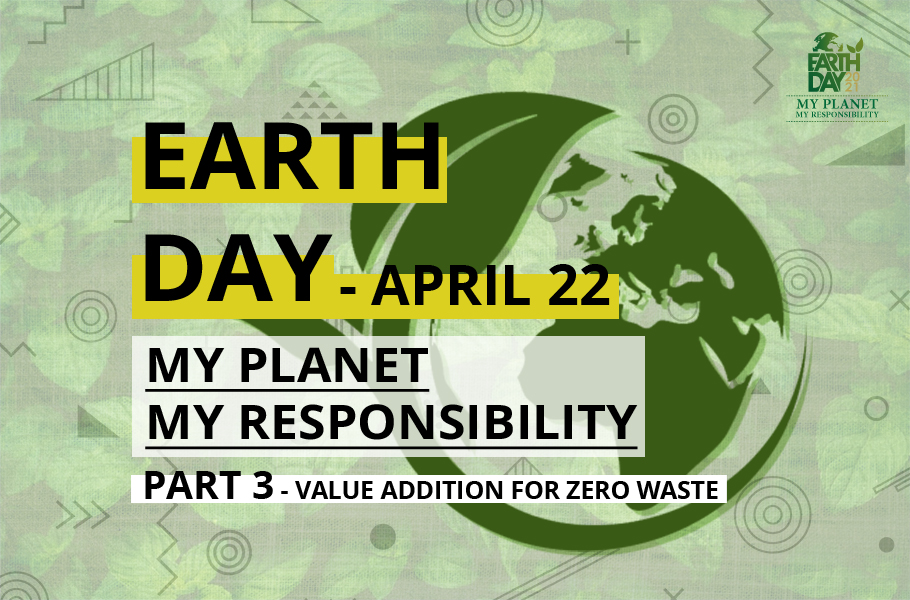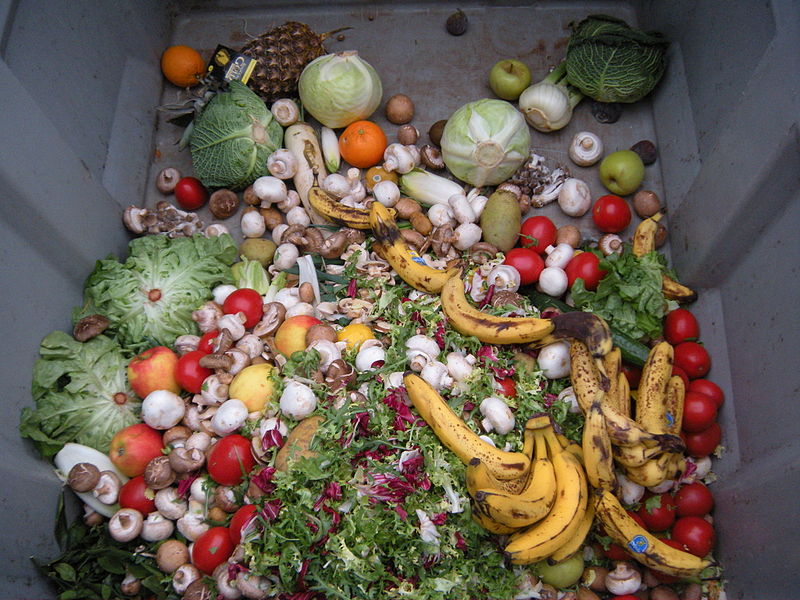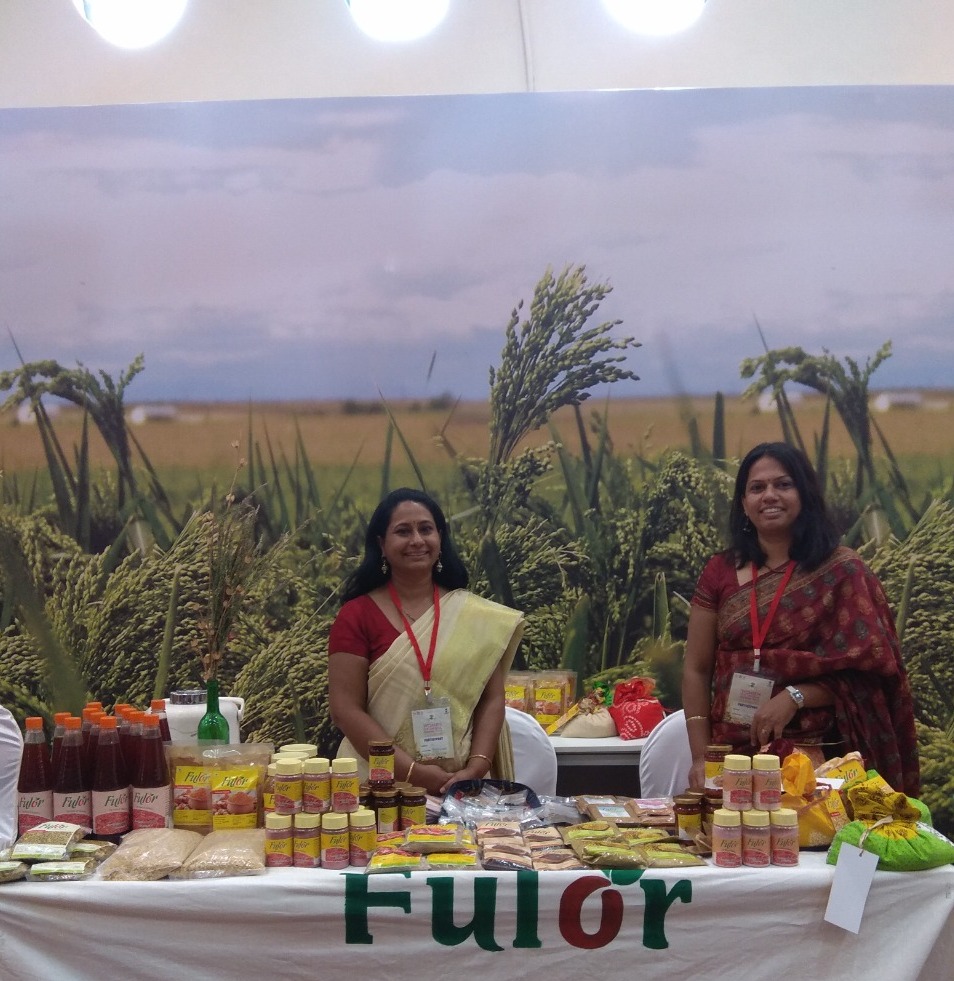
How can you help fight climate change? Don't waste food, try upcyling
About 50 years back, one of the seasonal tasks women would perform by the fag end of winter was to sun-dry vegetables like brinjals, tomatoes, fenugreek and many more so that the family can still get a taste of these season-specific veggies in the hot and humid seasons that followed. The heat of the sun would drain the greens of the moisture, making it easy to preserve them for a long period of time.

About 50 years back, one of the seasonal tasks women would perform diligently by the fag end of winter was to sun-dry vegetables like brinjals, tomatoes, fenugreek and many more so that the family can get a taste of these season-specific veggies in the hot and humid seasons that followed. The heat of the sun would drain the greens of the moisture, making it easy to preserve them for a long period of time.
“You get all winter-special vegetables like cauliflower, spinach, fenugreek, etc, throughout the year these days, but do they have the taste to die for? Sun-drying, which these days has been replaced by solar drying, is an extremely energy efficient way to increase the shelf life of natural foods without compromising on taste,” says Shraddha T, a homemaker and a believer of traditional methods of cooking.
Do we value our food enough?
At the heart of the debate is the desire, or the lack of it, to make full use of nature’s bounty (food, in this case) without letting anything go unused. Why? Because, back then we just didn’t have enough food to waste. Remember why Green Revolution happened in India in the 1960s? India had to beg the western world for foodgrain to feed its burgeoning population.
“Every time I left a morsel in my plate as a kid, my mother would remind me how during the infamous Bengal famine of 1940s, lakhs of people died for a grain of rice. ‘And you, silly girl, have the guts to let the food go waste. This food is Annapurna Devi…don’t let it go to dumps,” reminisces 70-year-old Sushma Dev, who now says she doesn’t have the gumption to say the same to her granddaughter.

Yet we waste food, and a lot of it. The United Nations Food Waste Index Report of 2021 estimates that the world wasted 931 million tonnes of food in 2019. Roughly 61 per cent of it was generated from households.
In India, about 67 million tonnes of food worth ₹92,000 crore — a sum enough to feed a state like Bihar for a year — goes waste each year. An average Indian wastes about 50 kg cooked food per year, a little less than an average American who throws away 59 kg food a year.
Environmental cost of food waste
A United Nations estimate suggests about 19 crore people in India do not get enough to eat while 40 per cent of the food produced goes to landfills.
While the economic and social implications of food waste are enormous, the environmental cost is detrimental, too.
Food waste accounts for more than 10 per cent of all human-made greenhouse gas emissions, making it a big contributor to climate change. According to the United Nations, if food waste were a country, it would be the world’s third-largest greenhouse gas emitter.
Producing more food also puts extreme pressure on agriculture, which, in turn, results in clearing of more forest land for farming. For the last six years, we have been clearing 28 million hectares of forest every year. That’s one football field of forest lost every single second around the clock.
The solution — Upcycling of food
Upcycling is vastly different from recycling, though both are ways to cut down waste. Recycling is the process of turning waste into a reusable product or material that’s most often of lesser value or quality than the original. Upcycling is different because it turns waste into a material or product that is of higher value than the original. Simply put, upcycling means value addition to get a better finished product and higher price realisation as well, especially if you are a farmer or a budding entrepreneur in the food processing industry.

Prachi Mahurkar is an engineer by training, who quit her well-paying IT job in Pune to return to her home town Nagpur. “I am a nature conservationist at heart and a farmer by profession. I grow rosella, also called wild hibiscus or gongura, in my farm because it is a low-maintenance crop and value-added products made from rosella have the potential to give high returns.”
Rosella is rich in vitamin C, iron and is packed with antioxidants that control blood pressure and fight ailments associated with pollution. Initially, Prachi chose to plant rosella because it attracts pests. “When you intercrop rosella with major crops like paddy, it attracts pests towards itself letting paddy thrive. And yet rosella grows well without the need for irrigation or fertilisers,” says Prachi.
Prachi, who has set up a small food processing industry near Nagpur, sells rosella leaves as veggies. The leftover leaves are then made into pickle. The petals of rosella flowers are used for making sherbat, jam, pickle and nutrition tablets. The seeds are a source of edible oil and vitamin E while the plant stalk has been traditionally used in the Vidarbha region of Maharashtra to make carpets and baskets. “Farmers should opt for such low-maintenance crops, which give them high returns without creating any waste,” suggests Prachi.
The government of India has been aggressive in promoting food processing, primarily to create a source of income for farmers and generate employment among young graduates.
There are tremendous employment opportunities in adding value to fruits like pomegranate, sapota (chikoo), turmeric, mushrooms, etc. By doing so, farmers will improve their earnings while reducing farm and food waste.
Value traditional wisdom
While we embrace modernism, it will be futile to ignore traditional wisdom passed from generation to generation, facing threat from a fast-paced lifestyle which believes in ‘fast’ food and ‘slow’ physical efforts. Chhaya Andhare, who is nearing 70, is a store house of traditional knowledge on food. “I believe in the adage: ‘Aam ke aam aur gutleyon ke daam’ (get the benefit by consuming a thing and then use its leftover, too). Nothing goes waste in my house. I eat raw ber (Indian jujube) fruit, make pickle from the ripened ber and when dried in sun and grounded, my family loves the tangy flavour of the powder obtained from the fruit,” says Andhare.
While countries battles to fight climate change, every household can make a small contribution in saving the world by not wasting food and upcycling it whenever possible.
(This is the third in a series of seven articles to appear in this space in the run up to Earth Day, which falls on April 22).
Part 1: Climate education for young minds is the need of the hour
Part 2: Forest fires: Local communities best suited to protect, increase green cover


